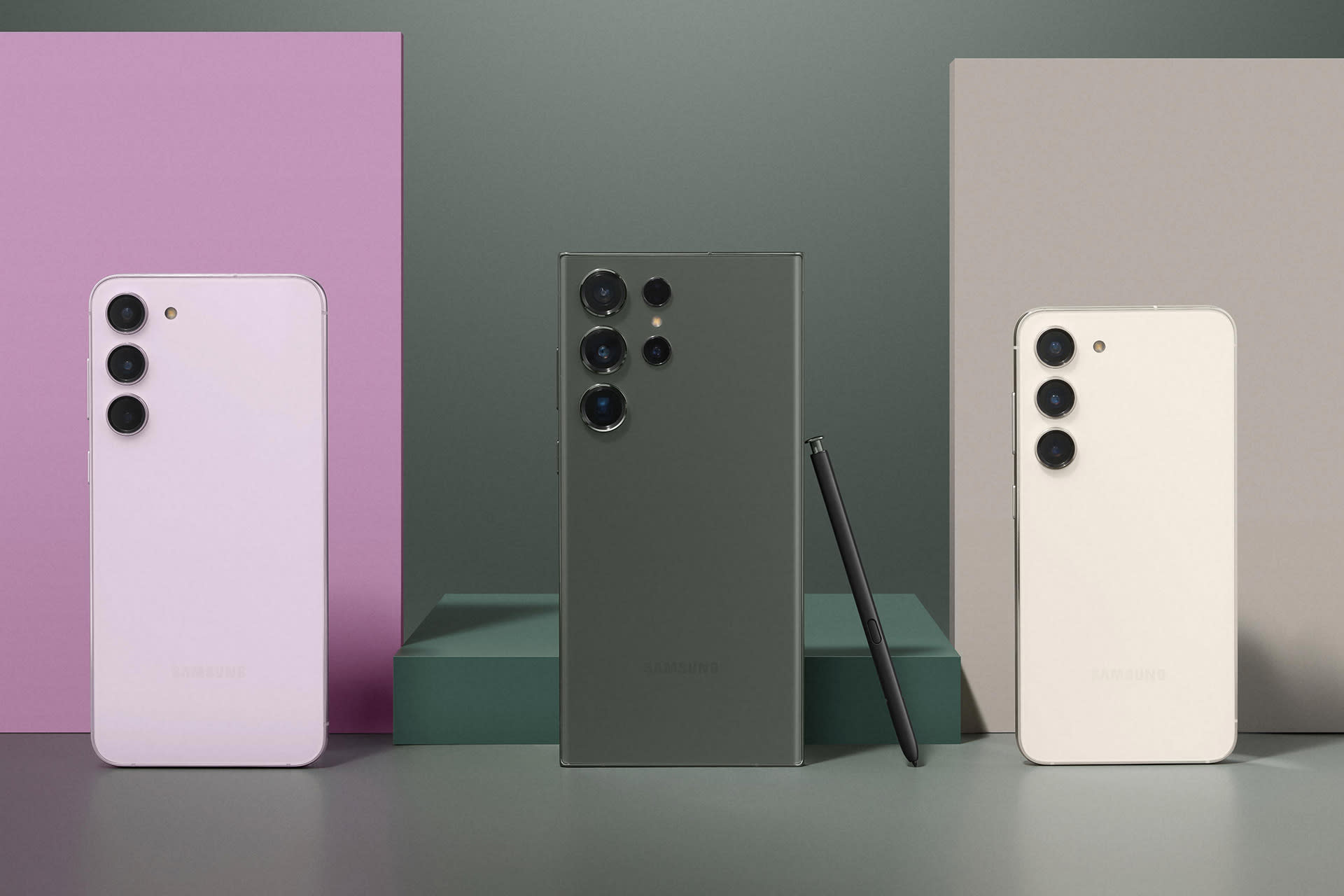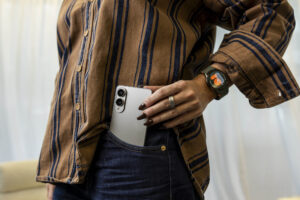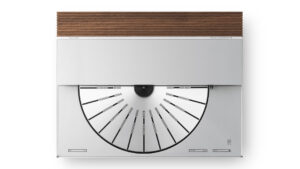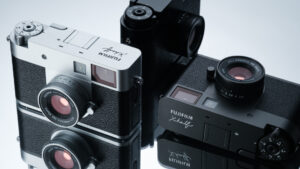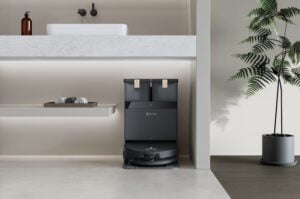Aside from genuinely taking low-light photography to the next level, the Samsung S23 Ultra is a seriously impressive smartphone with super powerful specs. But is it worth the upgrade? Read on for our full Samsung Galaxy S23 Ultra review.
The headline feature, a 200-megapixel sensor is an easy show-stopper for anyone who salivates over hardware specs and Samsung has clearly worked the Ultra to maximise this feature. I’ll talk more about the camera below, but I just wanted to get that out of the way, considering it represents a massive leap from the Samsung S22 Ultra’s 108-megapixel sensor.
Those after the top-tier Samsung S23 Ultra, that is with 12GB RAM and 1TB storage, are looking at a price tag of $2,649. The most affordable option is $1,949 with 8GB RAM and 256GB storage. This is not an investment anyone should take lightly, so anything short of top-tier should be called out. Thankfully, the S23 Ultra is, for the large majority, another success for Samsung and a considerable leap over its predecessor in terms of features.
Do note, however, there is no way to double the storage or expand upon it in any way. Samsung has omitted support for such expansions.
In the following Samsung Galaxy S23 Ultra review we’ll take a look at the details that matter to most consumers, including image quality (and video quality), digital zoom, low light performance, and anything else Samsung notes as important to this new flagship to the Galaxy Ultra line.
Samsung Galaxy S23 Ultra Review – Table Of Contents
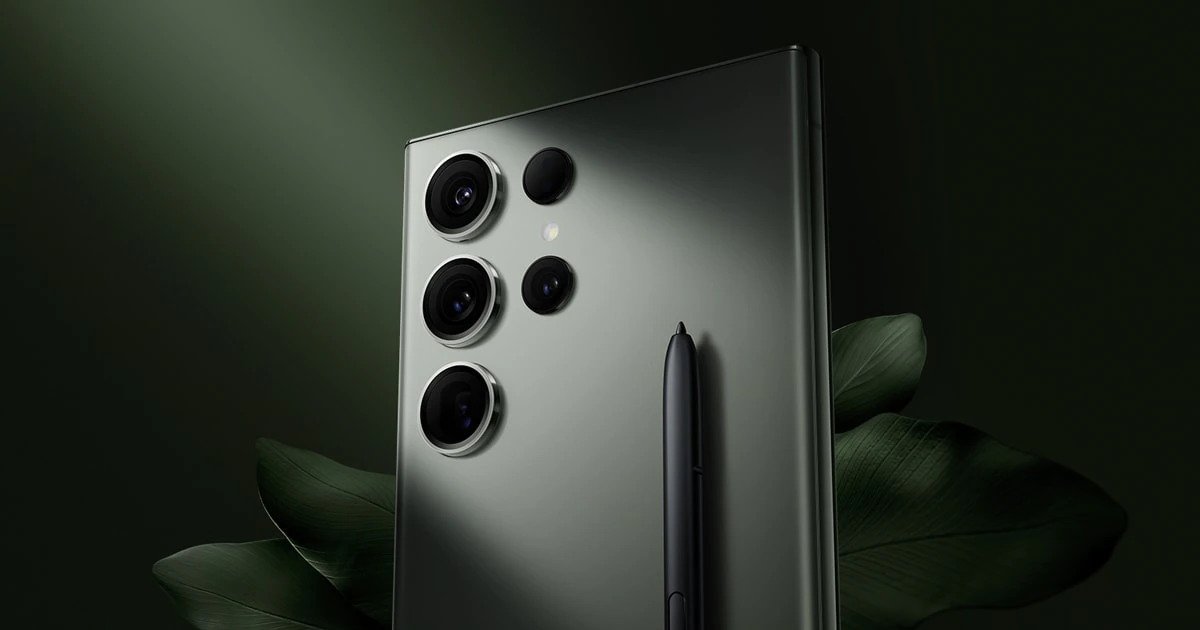
Samsung Galaxy S23 Ultra Highlights
- Display: 6.8-inch QHD AMOLED
- Adaptive Refresh Rate: 1-120 Hz
- Chipset: Snapdragon 8 Gen 2
- RAM: 8 GB / 12 GB
- Storage: 256 GB, 512 GB, 1 TB
- Battery: 5,000 mAh
- Charging: 45 W wired / 10 W wireless charging
- Water / Dust Resistance: IP68
- Size: 6.43 x 3.07 x 0.35 inches
- Weight: 233 g
- Main Camera: 200 MP, f/1.7, 1/1.3 inches, 0.6 µm pixels
- Android 13, One UI (4 Android OS upgrades included)
Design
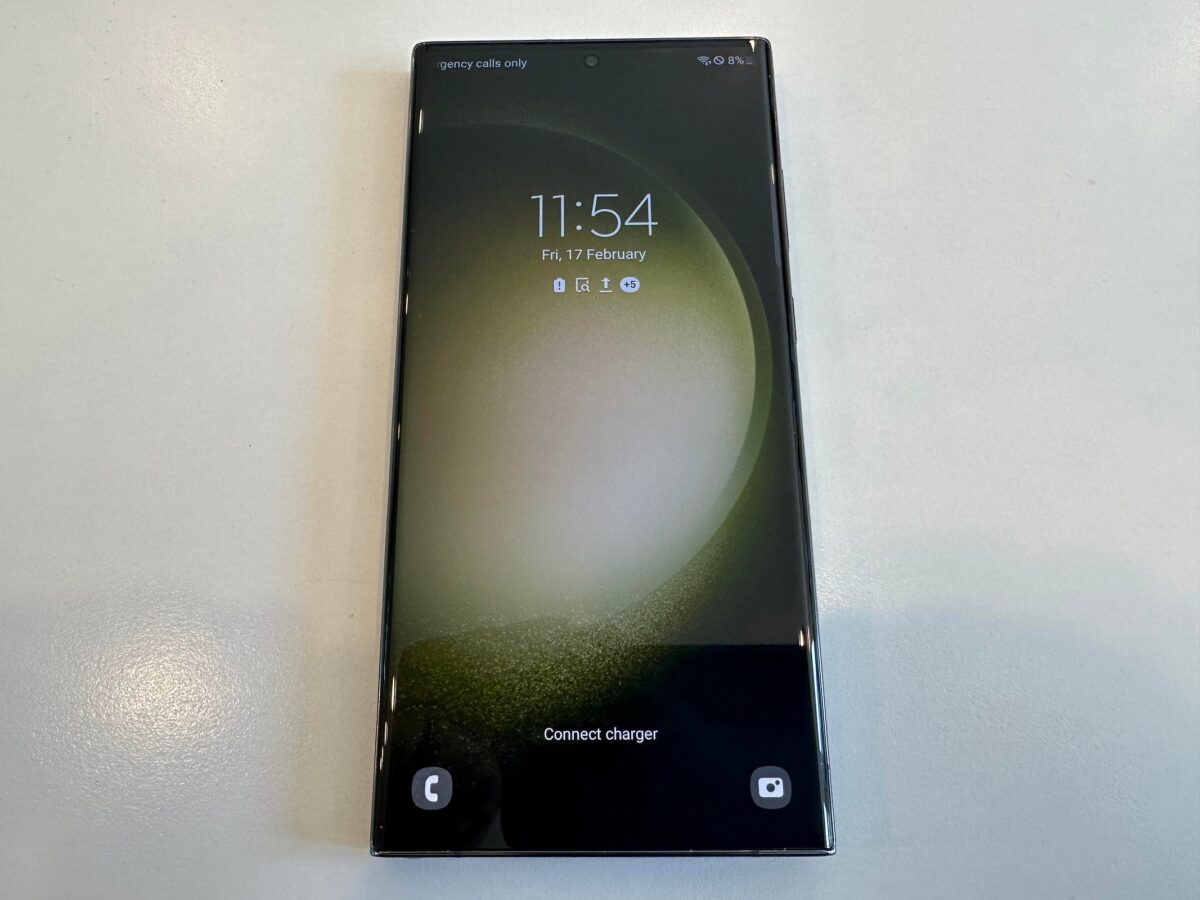
While the 200MP camera is the headline feature, first impressions of the S23 Ultra are just as strong. The design is appropriately futuristic, although the overall look and feel haven’t changed significantly from the S22 Ultra. Key to the aesthetic is the size of the camera rings on the back, all of which are slightly larger this time and help separate each sensor visually so more attention is given to each.
On the front, Samsung has used the very sturdy Gorilla Glass Victus 2, which physically makes no difference but is theoretically much harder to crack than previous iterations of Gorilla Glass. This is, of course, laid over that gorgeous 6.8-inch QHD AMOLED that’s afforded a great deal of real estate thanks to the phone’s flatter rectangular shape.
The display hasn’t changed from the S22 Ultra which is slightly disappointing. This is more of an iterative update – standard with mobile devices nowadays – with the maximum resolution (1440 p / QHD+) still the same as last year’s model. For a lot of smartphone users, not having any significant update to the display could be a bit of a disappointment, but Samsung struck such a brilliant balance with its Ultra S22 screen that the “if it ain’t broke” approach is appreciated.
One change I do notice, however, is that the screen is slightly flatter than on the Galaxy S22 Ultra. Curves have been straightened and the profile is a bit more linear which should theoretically help further protect the screen and make it easier to slot the S pen in and out of the device. Samsung loaned us the phone for the purpose of this review, so I didn’t really have the courage to do any drop tests.
The other big part of the display is the Adaptive Refresh Rate, which worked seamlessly while I was scrolling through stories, playing a few mobile games and streaming some movies. Although that should be standard in just about every flagship now, considering the ability to drop down the 1 Hz to conserve battery is one of the most fundamentally important things about a premium smartphone in 2023.
Performance
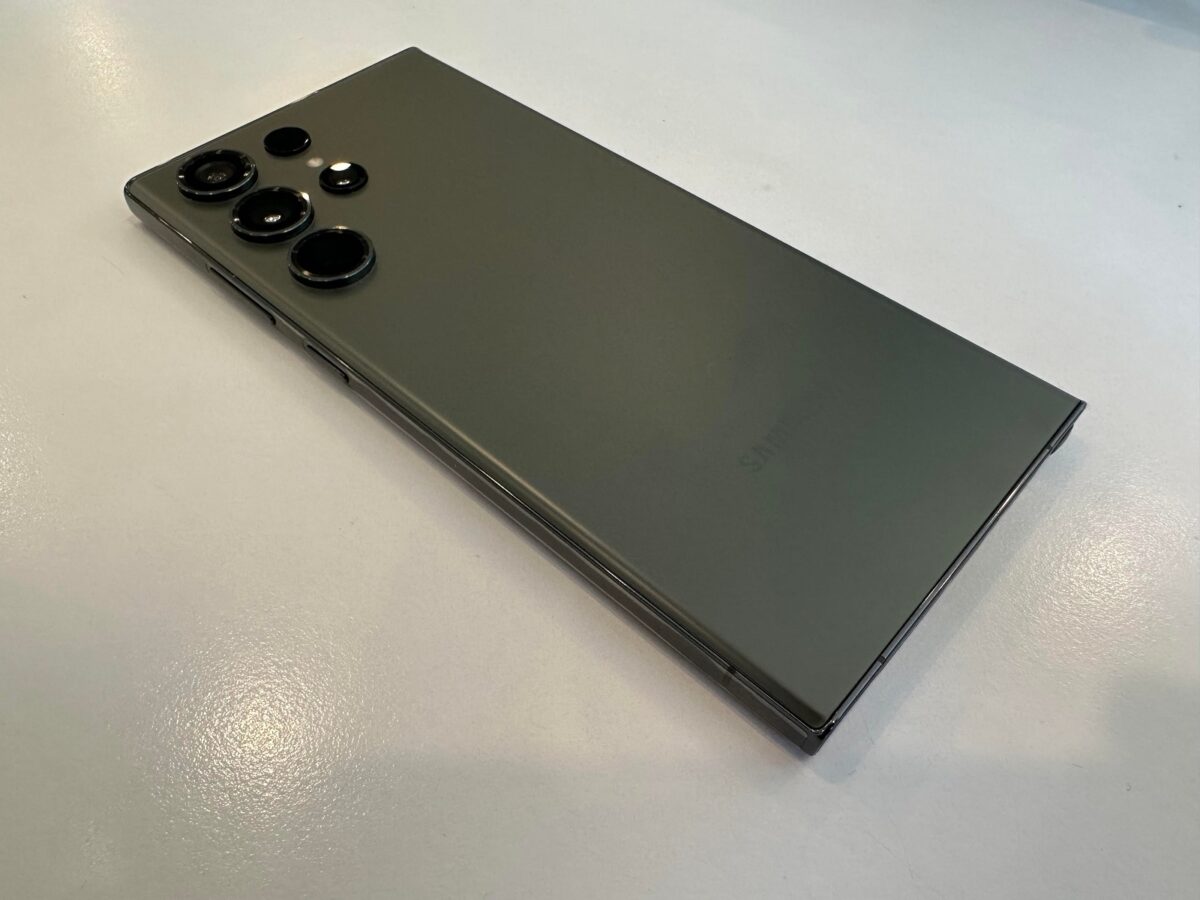
Samsung’s exclusive version of the Snapdragon 8 Gen 2 chipset has been optimised to ensure every function of the phone is as seamless as possible. And while there are a few tests out there that point to gaming performance not being quite as progressive as Samsung would have wanted, for the most part, the processor has been gaining impressive benchmark scores.
In my experience, there have been zero issues with my fairly average data usage. I’m not a power user by any means, and a demanding mobile game like Genshin Impact wouldn’t be relevant to me. But I do consume a lot of content throughout the day, and it’s all been blazingly quick and efficient for me. Writing copy, sourcing videos, browsing for story sources and watching YouTube – seamless.
The way I like to test performance on flagships is by going back to the predecessor and seeing if I notice any difference. I wasn’t able to do that this time as I don’t own an S22 Ultra, but I did notice a chance while using the S23 Ultra and then my iPhone 14 Pro. Apple’s flagship feels slightly clunkier for more demanding tasks compared to the S23 Ultra – a big tick in Samsung’s box.
The S Pen also benefits from the S23 Ultra’s speedy performance, Latency is basically non-existent, and writing on the screen on time to take notes in a flash feels incredibly fluid.
Camera

As with just about every new flagship smartphone, a great deal of focus has been placed on the camera system. Particularly that – yes I’ll mention it again – 200 MP primary sensor which, on the rear, is supported by two 10 MP zoom cameras and a 12 MP ultra-wide camera. On the front, you’ve got a 12 MP selfie camera. And while that’s all an impressive line-up on paper, it’s odd to see such a massive drop in megapixels when comparing the primary sensor and the rest.
The option to shoot at both 50 MP and 200 MP with a 3:4 ratio is great. Pixel binning combines 16 adjacent megapixels into one so you end up with a boatload of information in each photo. And yet, the issue with these ambitious cameras that I’ve found almost always has to do with the software. Post-processing is what matters the most and with previous phones, the way this is calibrated can either make or break the experience.
The S23 Ultra software does a reasonably great job at lifting details and tempering exposure. As you can see from the image below, the perfume bottle with the white label (second from your left) suffers from exposure when shooting 50 MP one. It’s only slightly clearer with 200 MP. The former also runs a bit of oversaturation, which is a common issue with post-production on other flagship phones as well.
From my use, it’s fairly easy to see that shooting at 50 MP isn’t ideal as the software tends to overexpose. It’s not as egregious on the 200 MP photos, but it’s still noticeable.

That being said, I’d mostly use the default photo mode with high dynamic range either way as I feel this handles exposure just fine and I’d say is better balanced in terms of saturation. This is especially valuable for Night Mode, not overshooting or undershooting either way. Low-light is exceptional and perhaps the best I’ve tested to date, controlling noise well and picking up a lot of shadow details.
Let’s talk zoom. A lot of Samsung Galaxy S23 Ultra review pieces online have noted that there’s no real difference in the 100x photos you’ve taken with the S22 Ultra compared to the ones you’d take with the S23 Ultra. However, the software is your variable and compared to my Pixel 7 Pro and iPhone 14 Pro, results when taking such a zoomed photo are sharpened much more accurately. You’ll still get a lot of blur, of course – a phone will never truly replace a DSLR with a strong telephoto lens – but this is the first time I’ve witnessed a phone that’s able to handle noise so well and at least make those super-zoomed photos appear intelligible (at least in the gallery).
Similarly, ultrawide photos are noticeably sharper. And that’s a very strong point for Samsung. To date, smartphones have been notoriously bad at working to smooth and sharpen the edges and that horrid stretched look for ultrawide photos, and the S23 Ultra turns out some of the best results I’ve seen.
The ability to record video in 4K with QHD resolution at up to 60fps will be very appreciated by content creators and the like. You can also shoot 8K, as expected, but there’s little point to this if what you’re doing will end up on social media anyway.
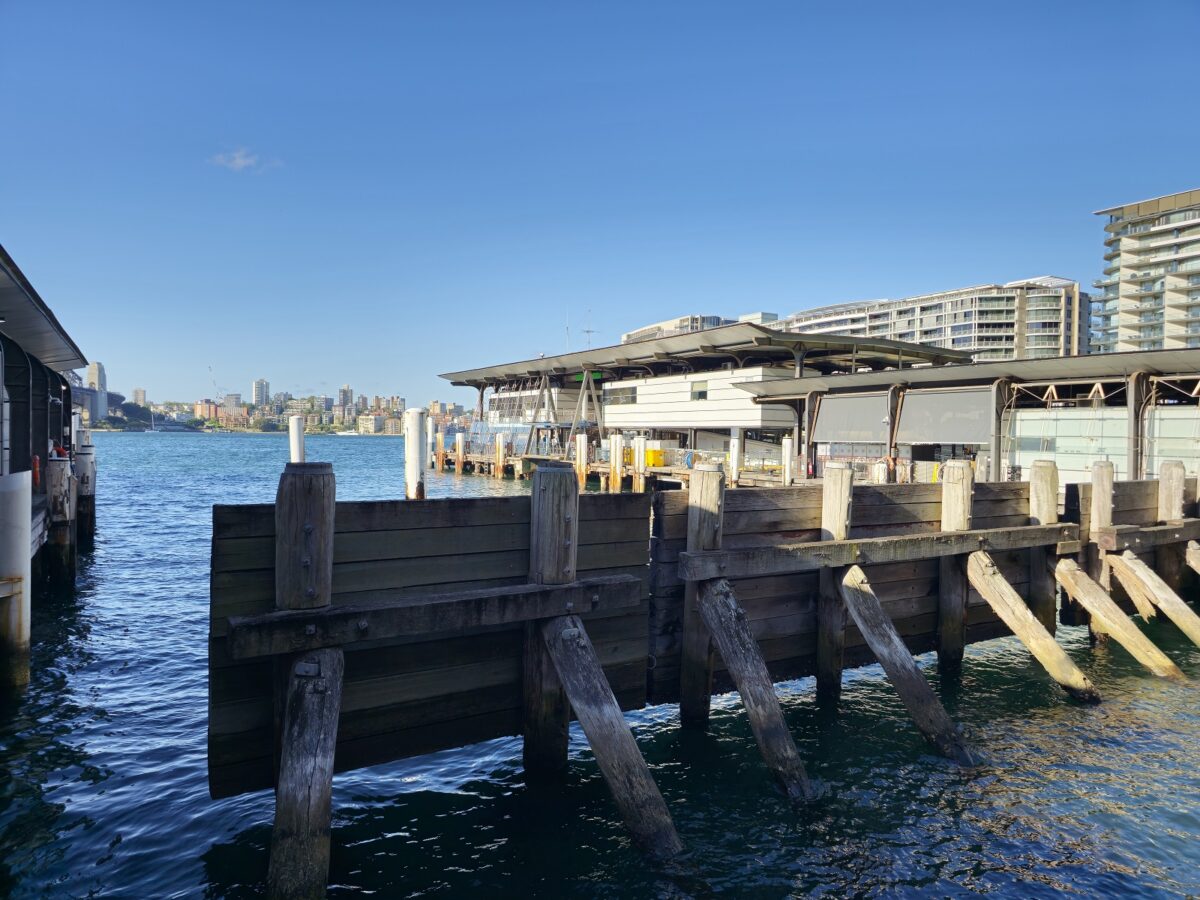
The final thing I really want to shout out, as far as the camera goes, is Portrait mode. I think Apple still hasn’t gotten this right, and Google has been the king for portraits to date. Yet it looks like Samsung has finally found a way to at least sit equally with Google on this one. The portraits taken with the Samsung Galaxy S23 Ultra are consistently excellent, with a lot of skin tone accuracy, details that really pop – for some, this may be a bit too revealing – and strong bokeh. I’d still say my Pixel 7 Pro produces better bokeh without effort, but if you want a good, solid cinematic close up then the S23 Ultra is more than capable.

These are my observations when using the S23 Ultra. And while I’m very impressed with the camera, it should be noted for those who get really nit-picky about it all, that DxOMark has actually given the camera a score of 140. The Google Pixel 7 Pro, on the other hand, gets a 147 on the same metrics so if we’re getting really technical about it all, the Pixel 7 Pro is still the Android to beat when it comes to the camera.
Considering DxOMark is the most authoritative and trustworthy website when it comes to assessing camera phones, I have little doubt I would run into some disappointment if I had more time to test the phone out. A lot of the issues I find with mobile phones become more obvious after months upon months of use.
That being said, the iPhone 14 Pro scored a 146 on the same metrics, and I’ve become less and less impressed when the camera on the latest iPhone flagship as I’ve used it. I then could be subject to recency bias, but to me, the S23 Ultra has been producing much stronger results, especially in low light.
Battery
While there has been zero change in charging speed, I feel like the S23 Ultra is the first Samsung flagship in a long time that really maximises its battery size. Under the hood you have a monster 5,000mAh battery, which is the same as previous generations, and yet the software has obviously been optimised much better to make this battery actually work.
One of the biggest and most salient issues with the S22 Ultra was its disappointing battery life, so Samsung has worked hard to correct that. I feel it’s a success. You’re looking at around at least 8.5 hours of screen time and easily a day’s worth of battery life overall and then some. This, of course, depends on what type of user you are, but I don’t imagine many people would find ways to take issue with the Samsung S23 Ultra battery life.
Samsung Galaxy S23 Ultra Review – Verdict & Value
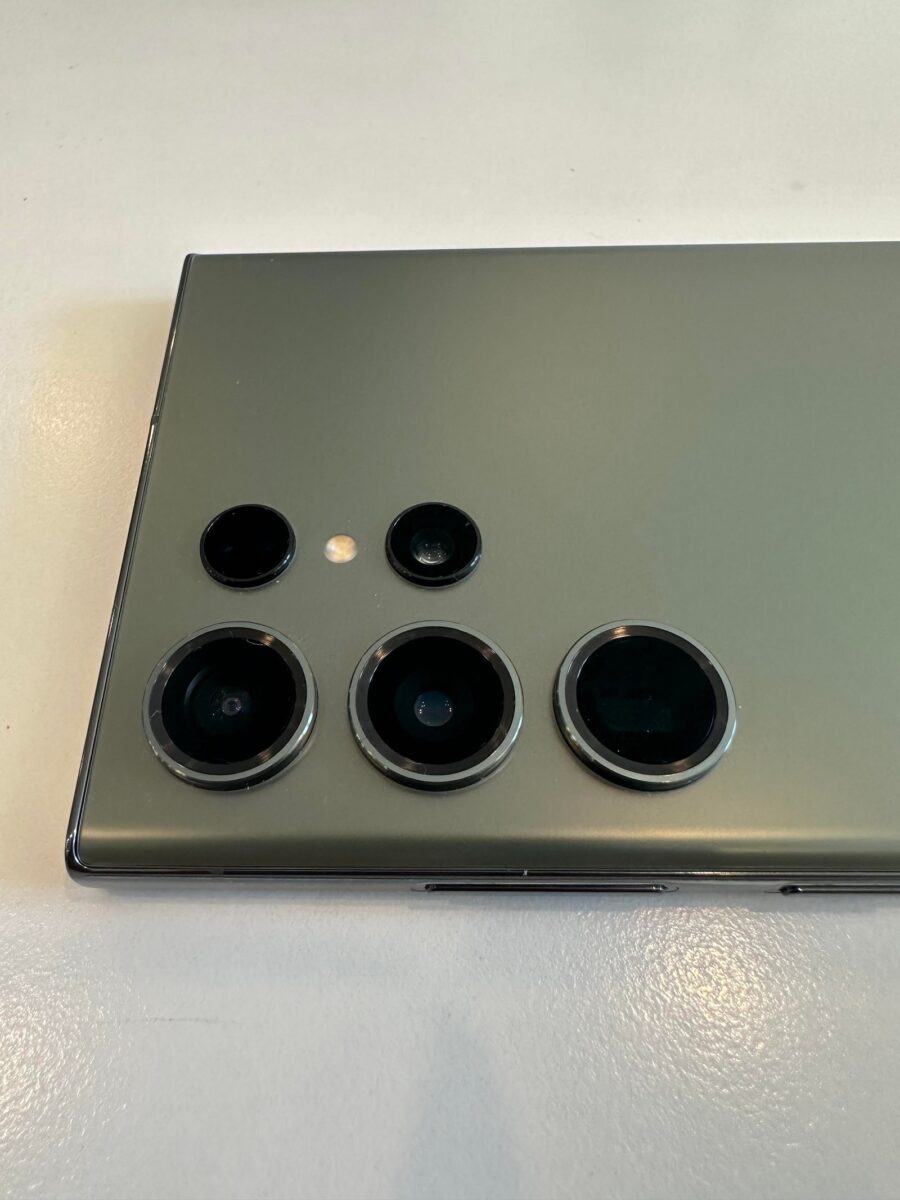
Samsung has created its most powerful smartphone to date. Although, did you really expect anything less? While it feels like slightly more than an iterative upgrade, a lot of these more impressive hardware specs aren’t much of a surprise. The only thing that really came out of left-field was the 200 MP camera. It can feel like overkill, but Samsung has defined the software to better complement the hardware. Therefore, this is a much better phone than anything Samsung has made in the past few years. And Samsung has consistently been one of the more reliable smartphone manufacturers out there.
The issue, then, is the pricing. This is a very expensive phone, and I’m not sure the upgrades are worth it over the regular Samsung Galaxy S23. It then depends on how much capturing reliably good content means to you. Because this phone can capture content like nothing else, and offer enough power to make something of that content while on the go. It’s a phone that can make your lifestyle work more efficiently, and there’s a lot of value in that that goes far beyond just owning the best Android phone out there.
While Google seems to be the real innovator in the smartphone industry right now, Samsung is superior when it comes to refined luxury. There’s nothing too ambitious going on aside from the primary sensor, and that’s fine. It makes for a better experience.
Is that much worth $2,649. No, not for the average person. But there will be little disappointment for those that do have the money and are willing to fork out for this thing. While it may not be worth upgrading from the S22 Ultra just yet, it’s definitely worth it if you’re making the move from another brand or are stuck on a Samsung from a few years ago.
Hopefully, this Samsung Galaxy S23 Ultra review has given you enough to go by when making your decision about whether to buy (or upgrade) the latest Samsung flagship.
Samsung Galaxy S23 Ultra is now available in Australia. The writer, Chris Singh, received a loan device from the company for the purpose of this Samsung Galaxy S23 review.
Samsung Galaxy S23 Ultra
Excellent
87/100
SCOREPROS
- Solid 24-hour battery life
- Flatter design means more protection and better S-pen storage
- QHD display is gorgeous and very fluid
- Excellent cameras
- S-pen works seamlessly
CONS
- Performance falls short in technical tests
- Not enough meaningful improvements to justify upgrade
- Very expensive
- No expandable memory
Samsung Galaxy S23 Ultra Review – Frequently Asked Questions
How much does the Samsung Galaxy S23 Ultra cost in Australia?
If you want to buy the latest Ultra phone from Samsung in Australia then you’re looking at a starting price of $1,949 with 8 GB RAM and 256 GB storage.
Does the Samsung Galaxy S23 Ultra have a headphone jack?
No, the Samsung Galaxy S23 Ultra does not have a headphone jack.
Are the cameras on the Samsung Galaxy S23 Ultra any good?
Yes. Led by a 200 MP primary sensor, the camera system on the Samsung Galaxy S23 Ultra work incredibly well when complemented by the software. There is a tendency for the processor to overexpose 50 MP and 200 MP photos, but for the most part, this is fine.
